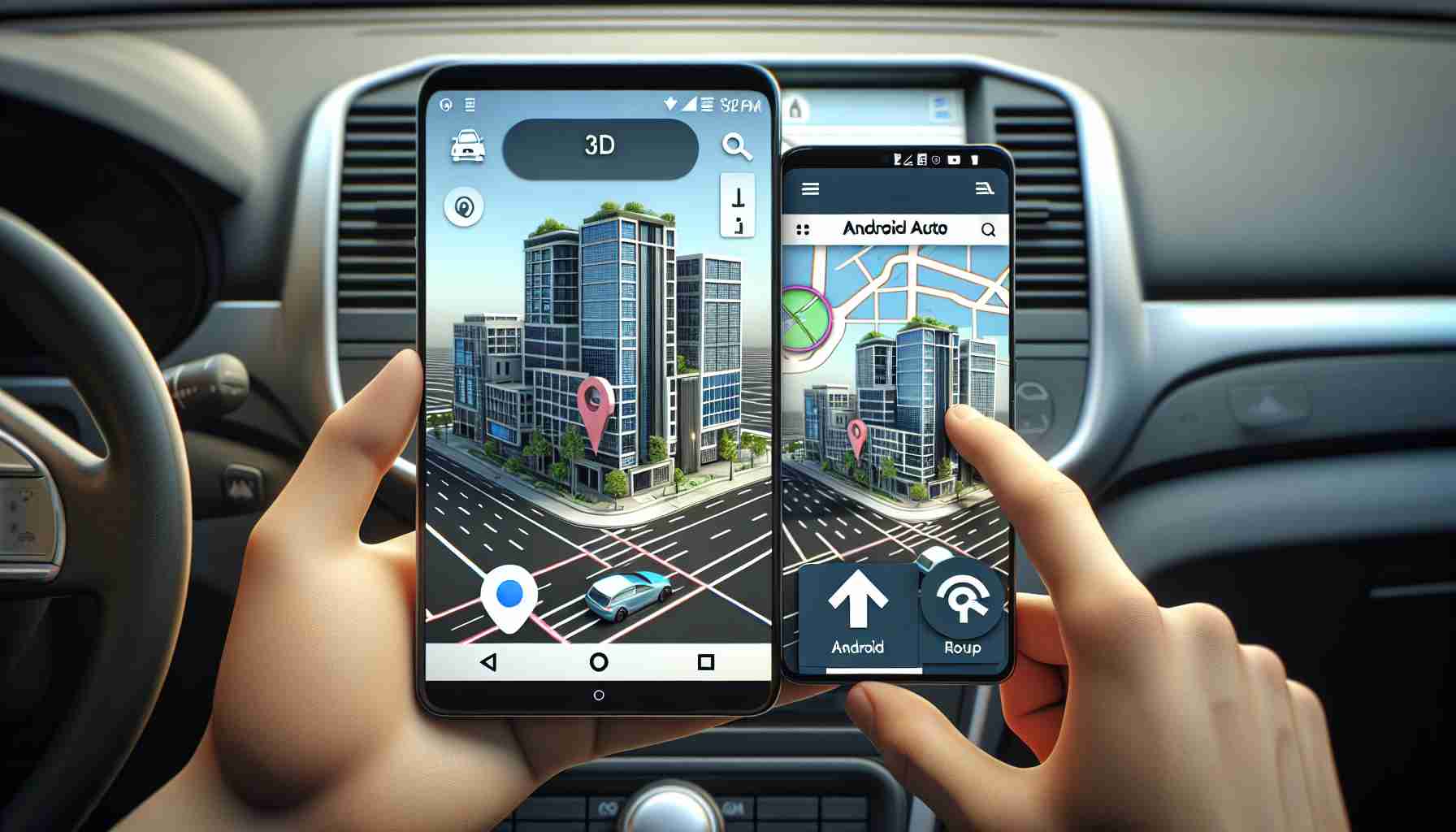Google has introduced a new beta update for its Maps app on Android, allowing users to synchronize their 3D building view between their phones and Android Auto consoles. The feature, which was rolled out in February for navigational purposes, now offers enhanced synchronicity between the two platforms.
In version 125 of Google Maps, the “Show 3D Buildings” toggle has been modified to sync with Android Auto. However, it is important to note that this synchronization only works if users toggle the feature on or off before connecting their phones to their vehicles.
Previously, users had to enable 3D buildings separately on their phones and in Android Auto’s settings. However, with this update, toggling on the 3D buildings feature during navigation on Maps for Android will automatically enable it on Android Auto. This eliminates the need for users to make the same adjustment in two different places.
Interestingly, if users had enabled 3D buildings at the beginning of their journey, they can now toggle it off on their Android phone without affecting their vehicle’s console. Additionally, the synchronization between Android and Android Auto appears to be more stable with this update.
While it remains unclear when this feature will be available to all users, it is a welcome addition for those who rely on Google Maps for navigation. By offering the 3D building view by default during navigation, users can better orient themselves in cities that support this visual aid.
However, it is worth noting that the 3D buildings feature is currently only compatible with light mode in Google Maps. Switching to dark mode will cause the models to disappear, which is an unexpected limitation. It is unclear why Google chose to remove this functionality in the stable release after introducing it just two months ago.
In conclusion, Google’s beta update for Maps brings improved synchronization between Android phones and Android Auto consoles, making it easier for users to access the 3D building view during navigation. Although there are still a few limitations, this update is a step in the right direction for enhancing the overall user experience.
The introduction of the beta update for Google Maps on Android is a significant development for the navigation industry. The ability to synchronize the 3D building view between phones and Android Auto consoles provides users with a seamless and enhanced navigational experience. This update simplifies the process by eliminating the need for users to enable the 3D buildings feature separately on their phones and in the settings of their Android Auto devices.
The synchronization between Android and Android Auto is a notable improvement in version 125 of Google Maps. Users can now toggle the 3D buildings feature on or off during navigation on their Android phone, and it will automatically enable or disable on their Android Auto console. This synchronicity eliminates the hassle of making the same adjustment in two different places, saving time and effort for users.
The availability of the 3D building view by default during navigation is particularly beneficial for users in cities that support this visual aid. It helps them better orient themselves and navigate their surroundings more efficiently. This feature is a welcome addition for those who rely on Google Maps for their daily commutes or traveling to unfamiliar places.
However, it is important to note that the 3D buildings feature is currently only compatible with light mode in Google Maps. Switching to dark mode causes the models to disappear, which is an unexpected limitation. It is unclear why Google chose to remove this functionality in the stable release after introducing it just two months ago.
Overall, the beta update for Google Maps is a positive step forward in enhancing the user experience. The improved synchronization between Android phones and Android Auto consoles simplifies the process of accessing the 3D building view during navigation. While there are still some limitations to be addressed, this update demonstrates Google’s commitment to continuously improving its navigation services.
The source of the article is from the blog maestropasta.cz
